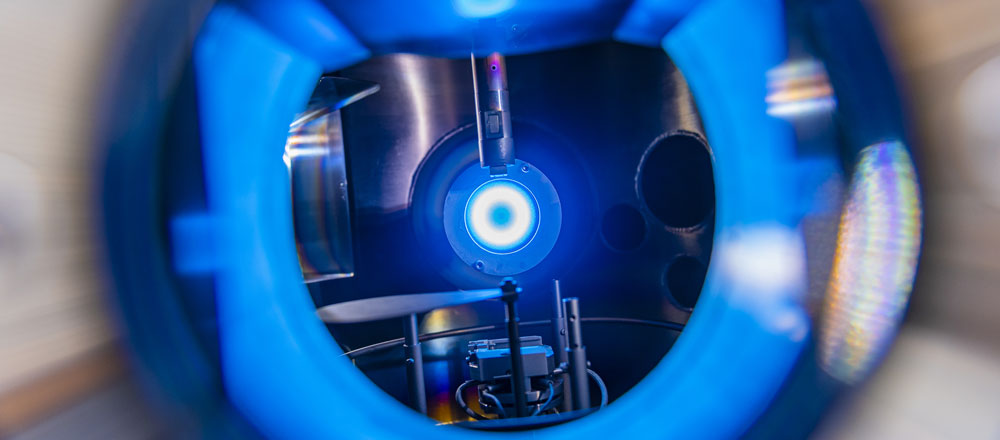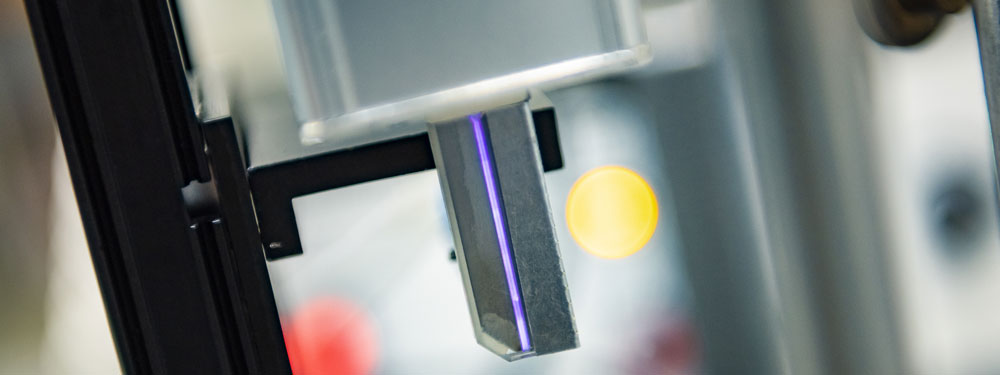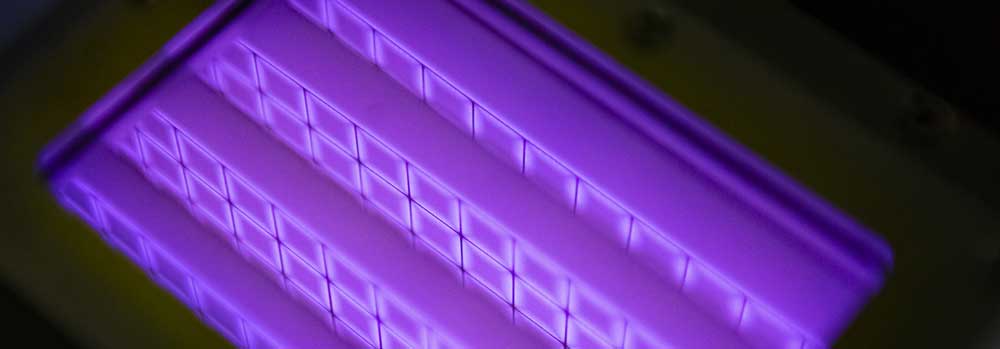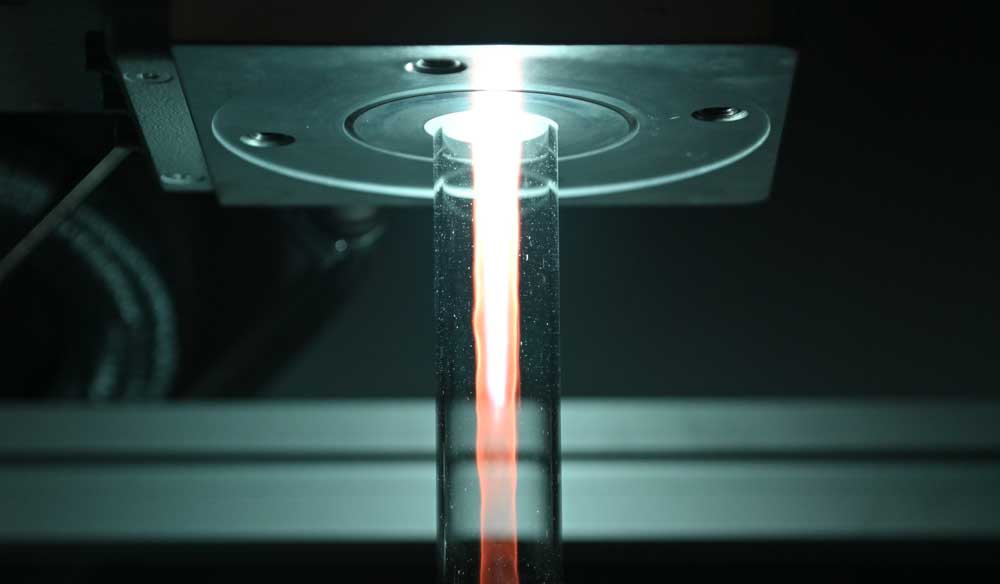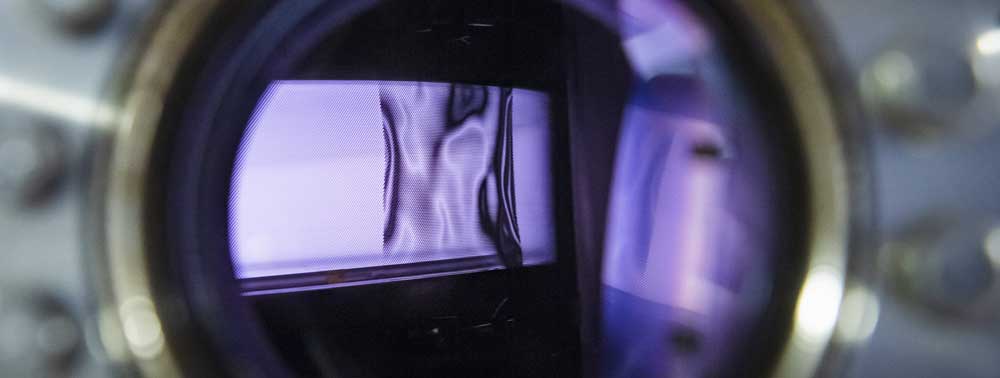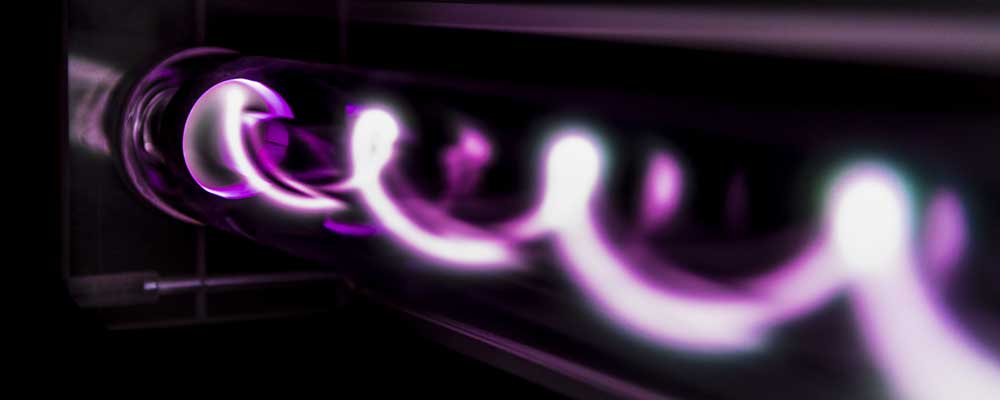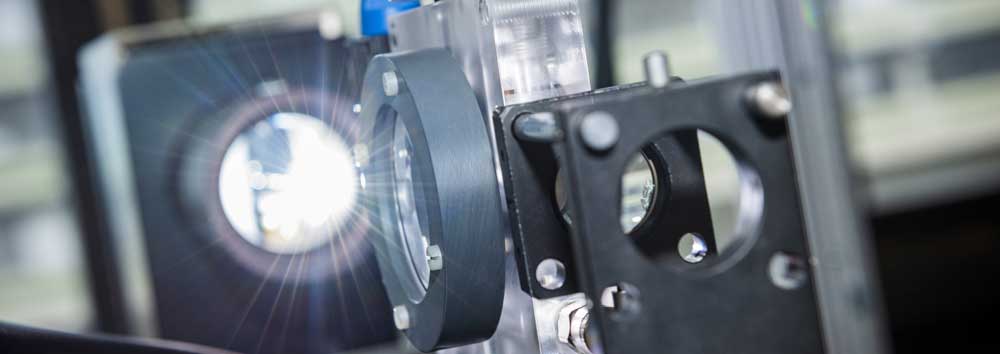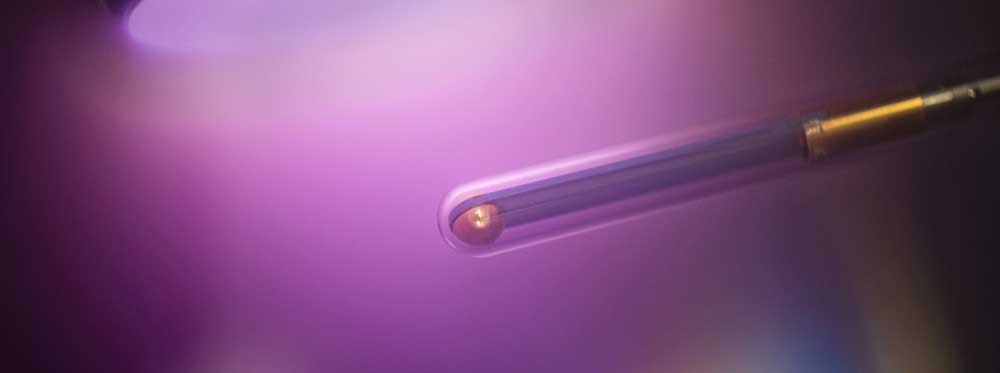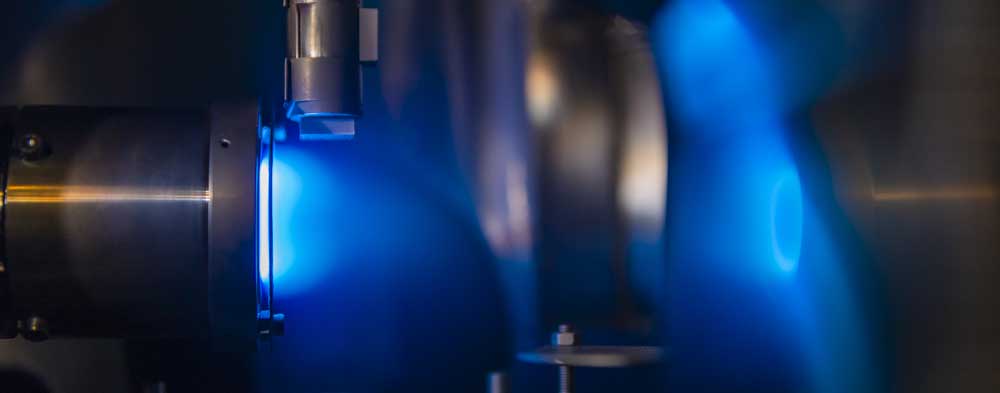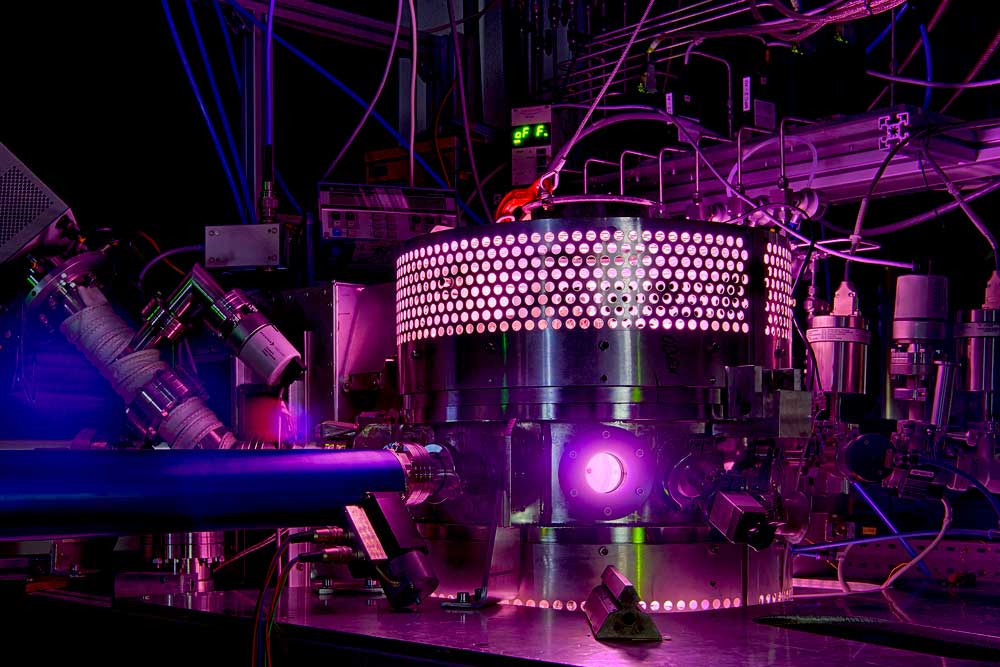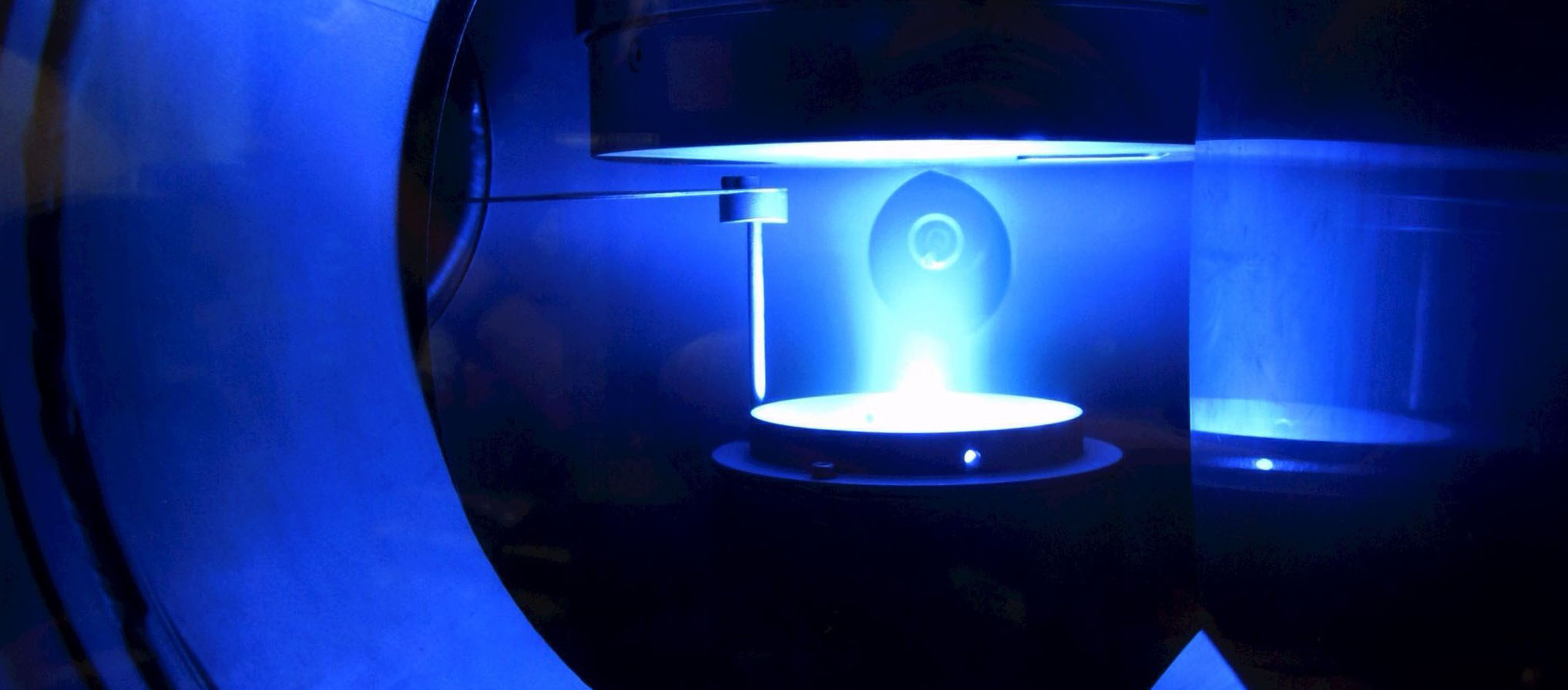New project B15
A new project B15 of Bastian Mei on plasma-induced photocatalysis has been granted
The DFG just granted a new project fro Prof. Bastian Mei from the RUB chemistry department. Plasma-assisted modification is an emerging route to modify surface and bulk properties of semiconducting oxides and in turn alter their catalytic properties in light-driven processes, including reactions of high relevance such as the photo(thermal) removal of volatile organic compounds (VOC) or the photocatalytic conversion of carbon dioxide. Plasma-assisted processing primarily evolves around the treatment of (ferroelectric) nanoparticular materials using Corona discharges and plasma processing in liquid or gas phase using for example a Dielectric barrier discharge (DBD) plasma to induce formation of shallow-level defects while maintaining the structural and chemical integrity of the presynthesized material. Thus, plasma-treatment offers advantages over conventional treatment strategies of metal oxides including doping by foreign elements or high temperature treatments for modification. Despite the generally observed positive impact of plasma-treatments on the (photo)catalytic performance, there is limited research reporting systematic investigations of plasma-induced surface modification and doping processes by correlating plasma properties with the (photo)catalytic characteristics of the treated materials. Particularly interactions of the various radicals and excited species with surfaces of metal oxide (photo)catalysts have not received sufficient attention yet. Based on this understanding the work of B15(N) evolves around the systematic investigation of plasma-induced modification of presynthesized ferroelectric nanoparticles using well-characterized plasma sources to develop correlations and thus link plasma-treatment conditions and (photo)catalytic activity.


